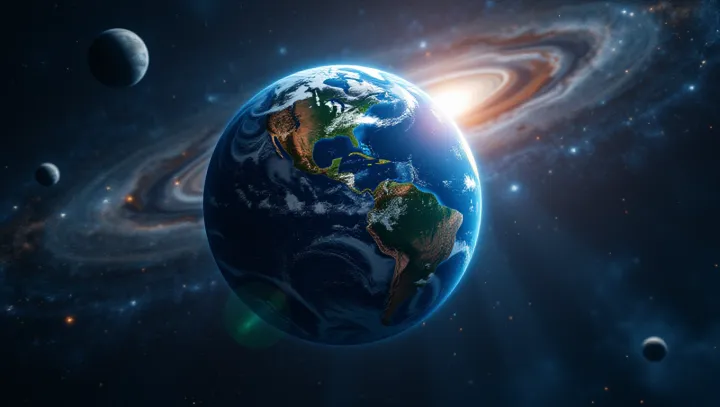Exploring Earth's Journey in Celestial Mechanics

In the ever-expanding field of astronomy, a recent conference held by the Royal Astronomical Society in London has brought to light groundbreaking insights into the celestial mechanics that govern our universe. This scientific discipline, which examines the gravitational forces between cosmic bodies, plays a pivotal role in understanding Earth's intricate dance through space. The conference, attended by leading astronomers, unveiled research highlighting the profound impact of celestial mechanics on our planet.
It was revealed that alignments of celestial bodies, such as planets and moons, significantly influence natural phenomena on Earth, including ocean tides and climate patterns. This knowledge not only enhances our comprehension of Earth's place in the universe but also contributes to more accurate climate models. Dr.
Amelia Thompson, a prominent astrophysicist, emphasized the importance of celestial mechanics in predicting astronomical events and understanding cosmic evolution. 'The interplay of gravitational forces shapes everything from planetary orbits to star formations,' she stated, adding that these mechanics are crucial for advancements in space exploration. As humanity's curiosity about the cosmos deepens, the revelations from this conference underscore the necessity of continued investment in astronomical research.
Such endeavors promise to transform our understanding of the universe, solidifying celestial mechanics as the foundational pillar of cosmic exploration.
